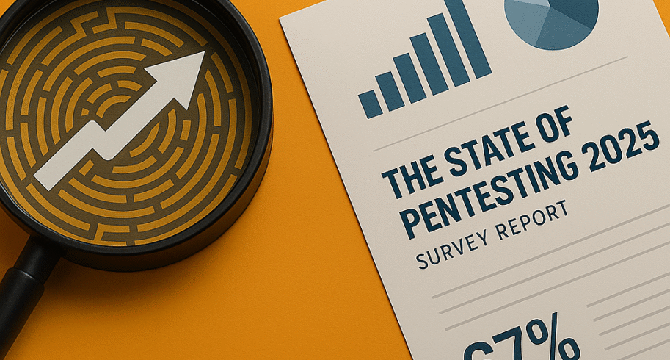Unite
3w
122

Image Credit: Unite
The State of Pentesting in 2025: Why AI-Driven Security Validation Is Now a Strategic Imperative
- The 2025 State of Pentesting Survey Report by Pentera highlights the evolving cybersecurity landscape, emphasizing the role of automation, AI tools, and real-world threats in transforming security approaches.
- Despite increasing security stack complexity, 67% of U.S. enterprises faced breaches in the past 24 months, impacting data integrity and leading to financial losses.
- Correlation shows that as security stack complexity rises, so do the alerts and breaches, overwhelming security teams and delaying responses to threats.
- Cyber insurers are influencing cybersecurity innovation, with 59% of enterprises adopting new security tools at their insurers' requests, shaping tech strategies.
- Software-based pentesting is on the rise, with over 55% of organizations using it within their programs, highlighting the shift towards scalable and real-time validation.
- Security budgets are growing rapidly, with an average annual pentesting budget of $187,000, reflecting the increasing prioritization of security as a boardroom essential.
- Enterprises are still playing catch-up in security testing, with only 30% conducting pentesting quarterly despite quarterly infrastructure changes, leaving vulnerabilities untested.
- Risk alignment focuses on testing where breaches often occur, with web-facing assets, internal servers, APIs, cloud infrastructure, and IoT devices being high-priority targets.
- Pentesting results are now integrated into strategic risk management, with 62% transferring findings to IT for remediation and 47% sharing results with senior management.
- Key inhibitors to faster progress include budget constraints, lack of available pentesters, operational risks during testing, and a global shortage of cybersecurity professionals.
Read Full Article
7 Likes
For uninterrupted reading, download the app